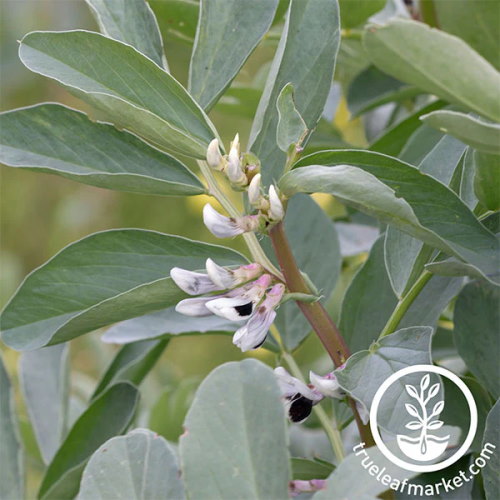How to winterize raised garden beds – 4 essential tasks to get them prepared and boosted for spring
Preparing raised beds for winter gets you ahead of the game for next year
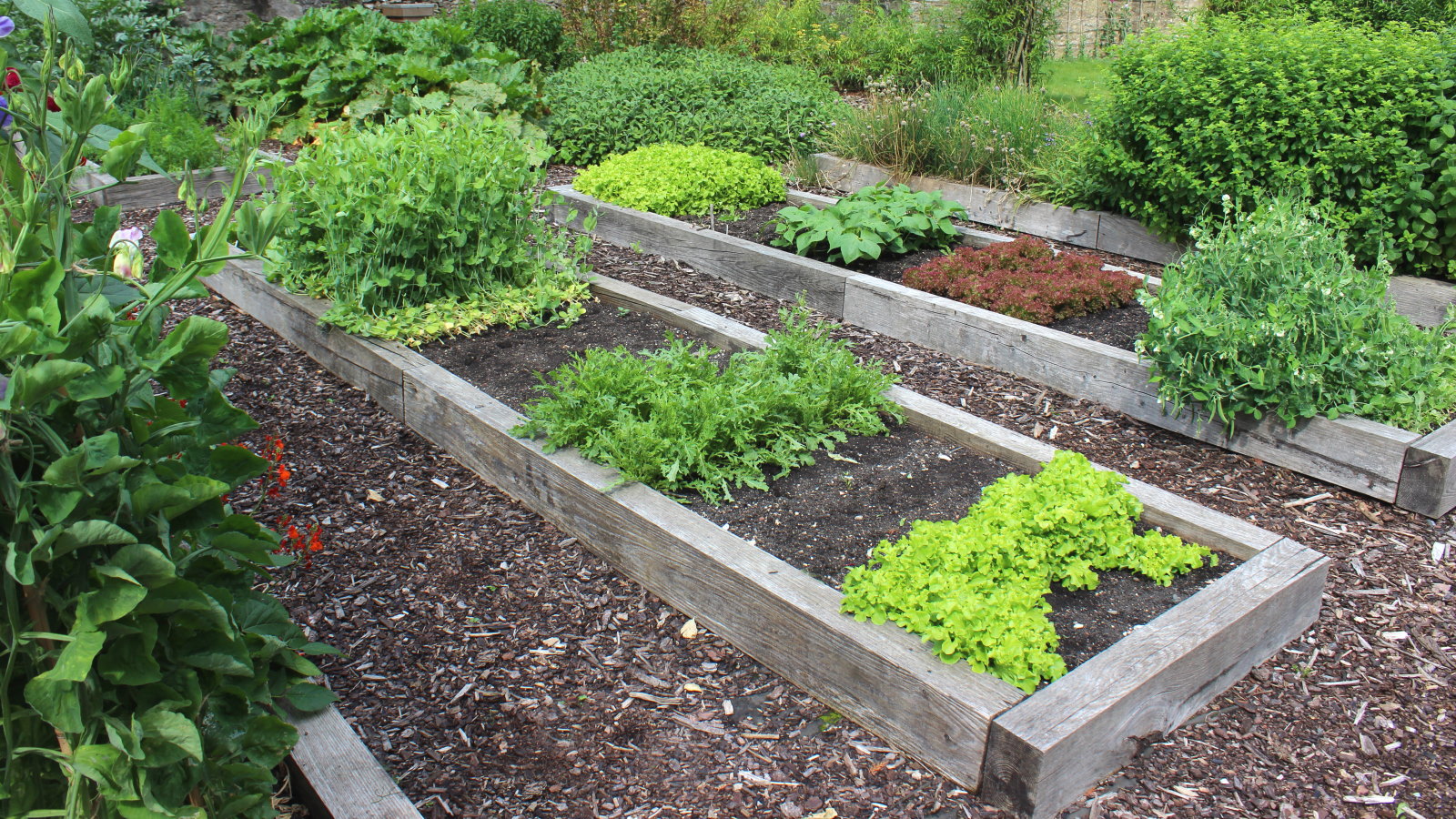

As the leaves fall and temperatures drop, you may wonder how to winterize raised garden beds that you have used to grow vegetables, flowers, or herbs. Preparing raised beds for winter is a great proactive way to ensure they are ready and in fine fettle for spring.
My vegetable-growing journey started with a raised bed and throughout the years I worked in kitchen gardens filled with raised garden beds. Alongside protecting hardy crops and harvesting produce for the chefs in winter, clearing beds and improving the soil was important over the colder months.
If this is your first year growing in raised garden beds, or if you are a seasoned veteran, now is the time to get outside and prepare the raised beds for winter. A little work will go a long way and you can reap the rewards next year.
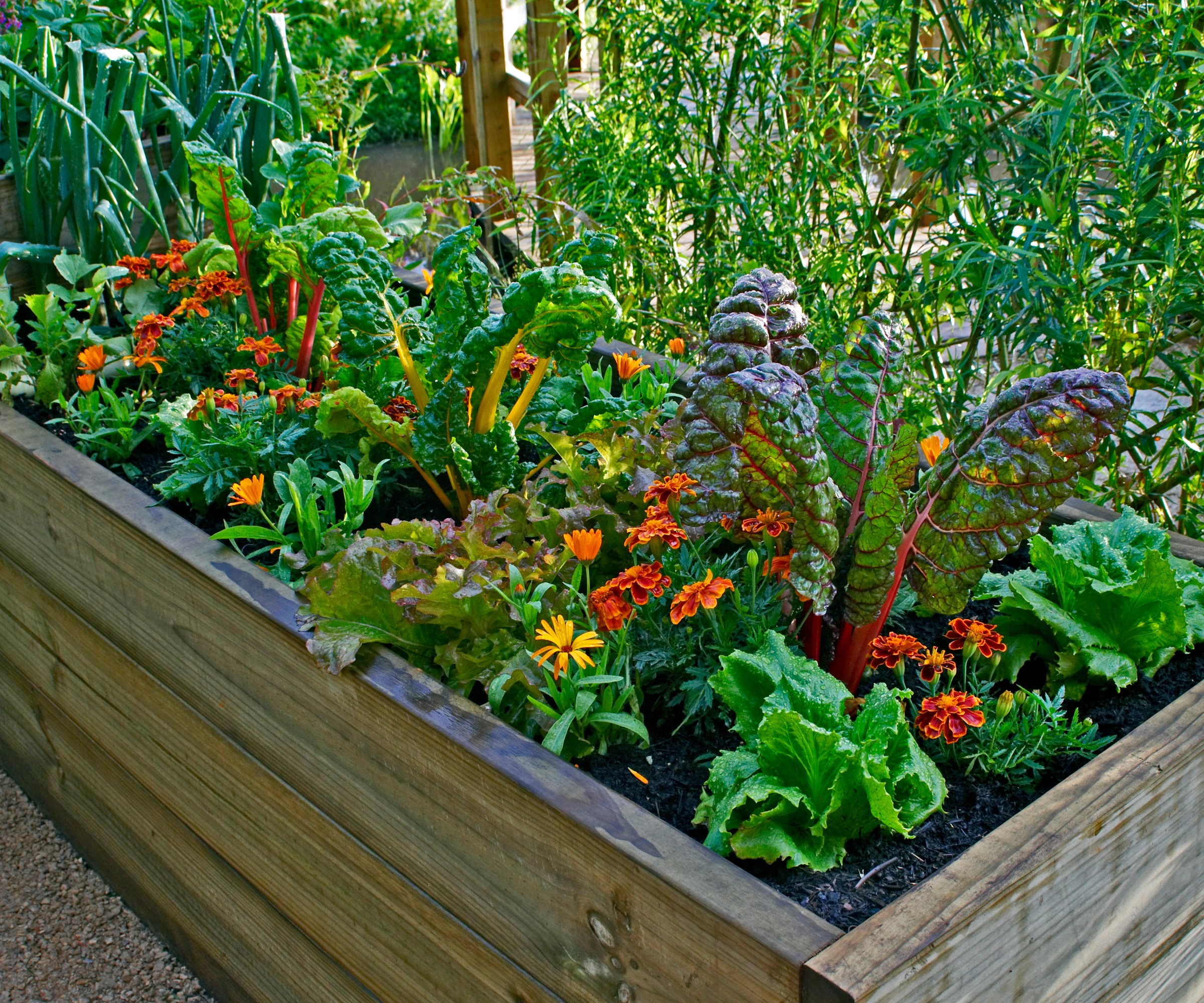
How to prepare raised beds for winter - 4 essential tasks
There is a huge range of potential plants you can grow in raised garden beds, including vegetables, fruits, herbs, shrubs, and flowers. Whether you build a raised garden bed from a bespoke kit or opt for a DIY raised bed alternative, following these four steps will keep the bed healthy and fertile. Here are my recommended tasks to help you figure out how to winterize raised garden beds.
1. Clear debris and weeds
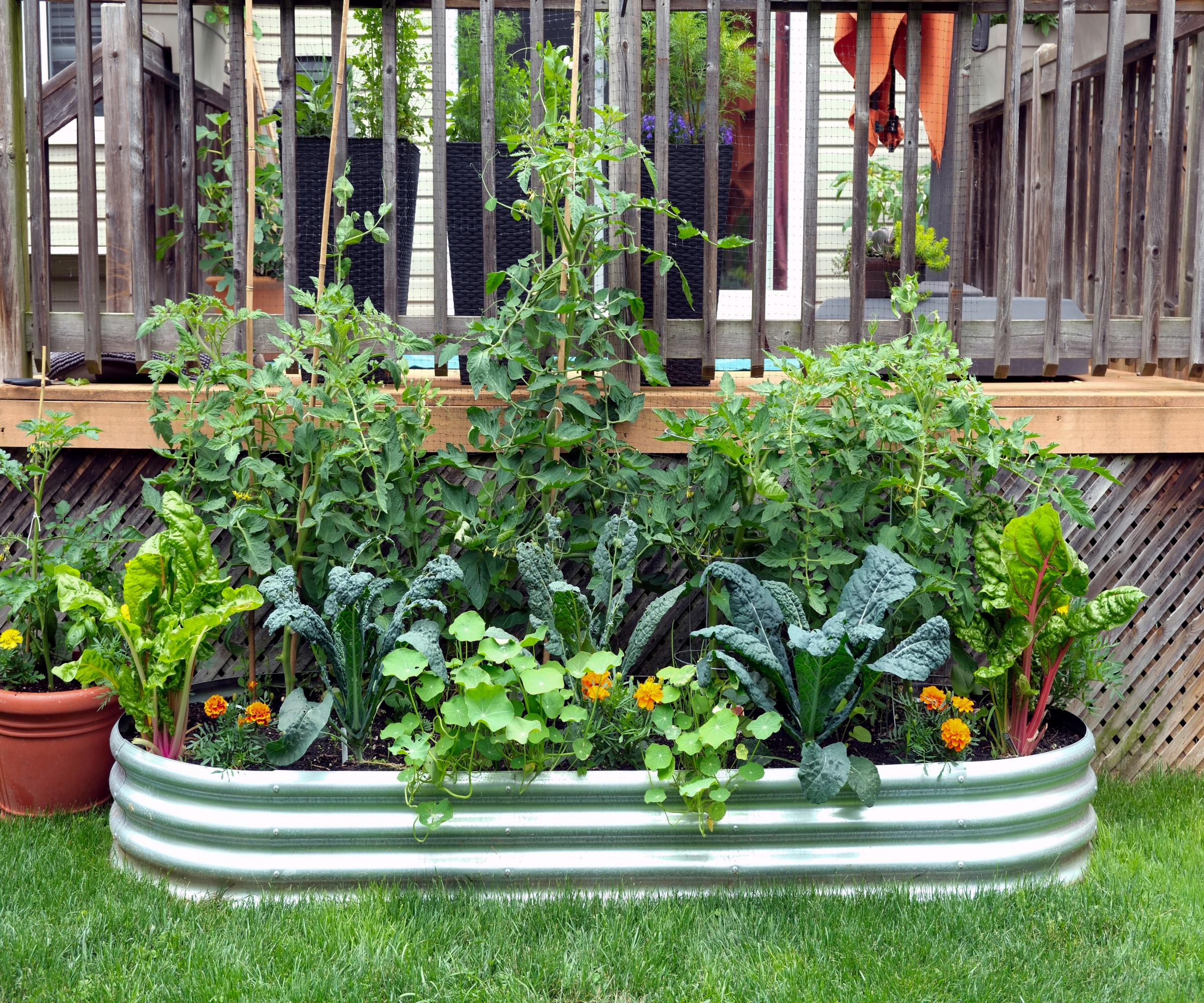
Remove any tender vegetables and annual flowers that have succumbed to the cold and frost. Low temperatures signal the end for heat-loving summer crops like tomatoes, squash, and zucchini, and it is best to remove all the debris sooner rather than later.
That is because rotting plant material can attract pests and harbour diseases, giving them a home to overwinter safely and come back again in spring. As well as clearing plant debris, take this opportunity to remove all weeds from the soil.
The weeds should pull out easily from the moist soil in the raised bed. Stopping weeds from setting seed now prevents an outbreak of weed seeds germinating in spring. Excessively weedy beds can be covered in cardboard.
Any cold hardy crops, such as kale, cauliflower, or parsnips, can remain in the bed to harvest through winter.
2. Mulch the soil
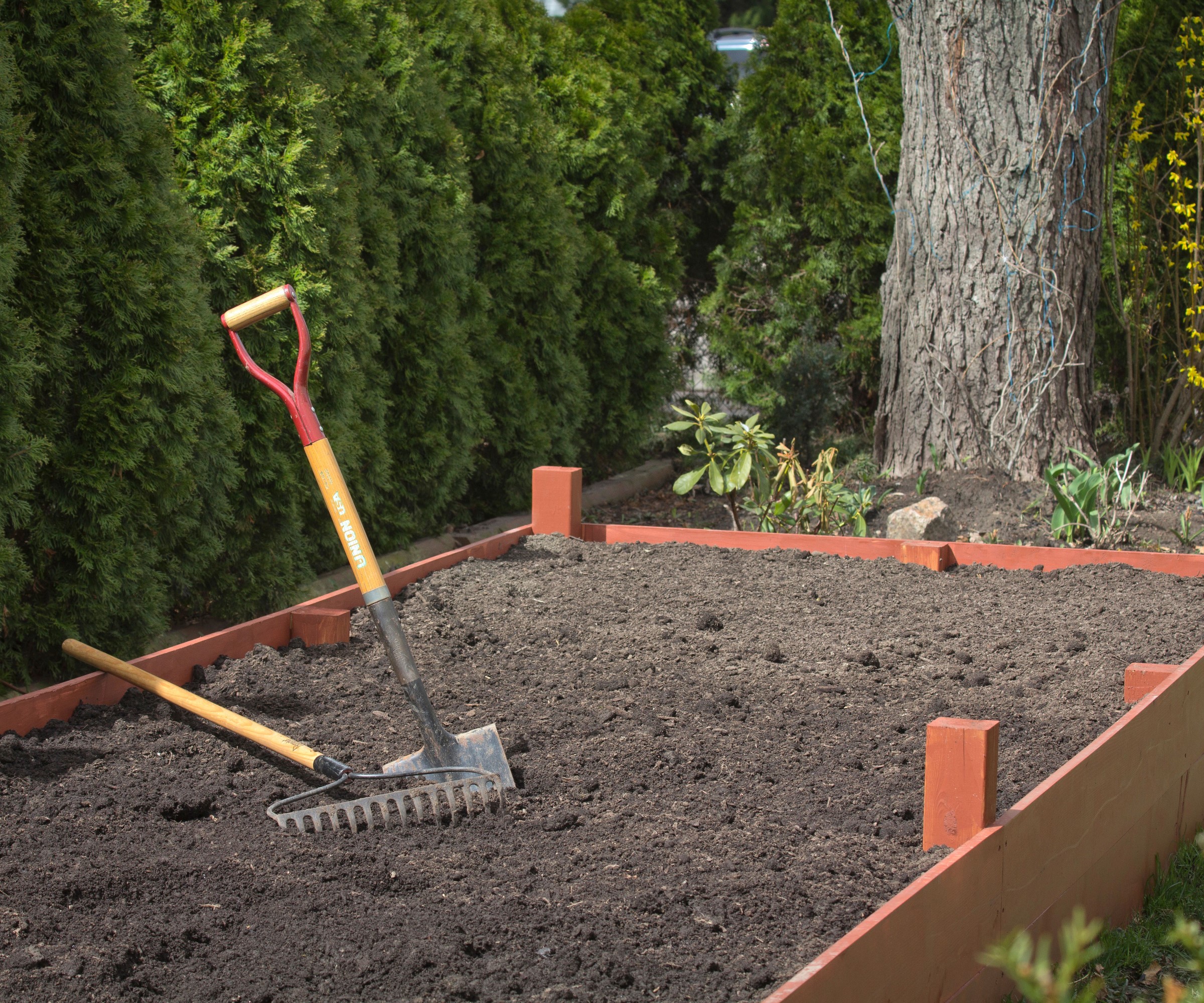
A key part of how to winterize raised garden beds is to amend and improve the soil. You can improve soil health and fertility by adding organic matter, such as compost, well-rotted manure, or leaf mold. A well-prepared raised bed in winter will be ready for those early spring crops.
I worked in a kitchen garden run using no-dig gardening techniques and full of raised garden beds. In winter we mulched every raised bed and applied 2-3 inches of compost to the soil surface to top up the beds and boost the soil fertility. The weather and worms over the winter incorporate the mulching layer into the raised bed and ensure the soil is enriched for next spring.
Whether you use no-dig gardening, lasagna gardening, or hugelkutur gardening techniques, or simply want to prepare the raised bed, adding compost to your raised garden beds will give them a valuable boost.
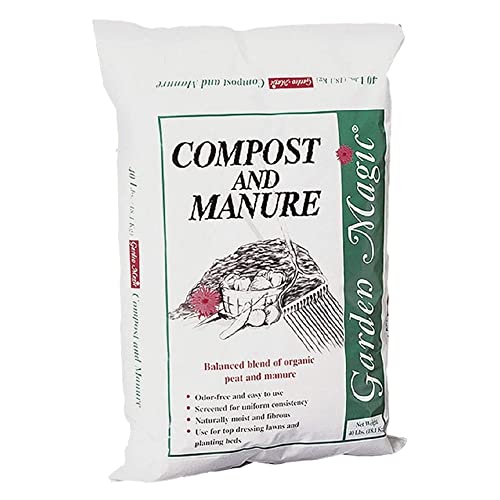
A blend of organic compost to enhance the nutrient content and soil quality of raised garden beds. A 40-pound bag can cover an area of 0.75 cubic feet.
3. Add protection for plants
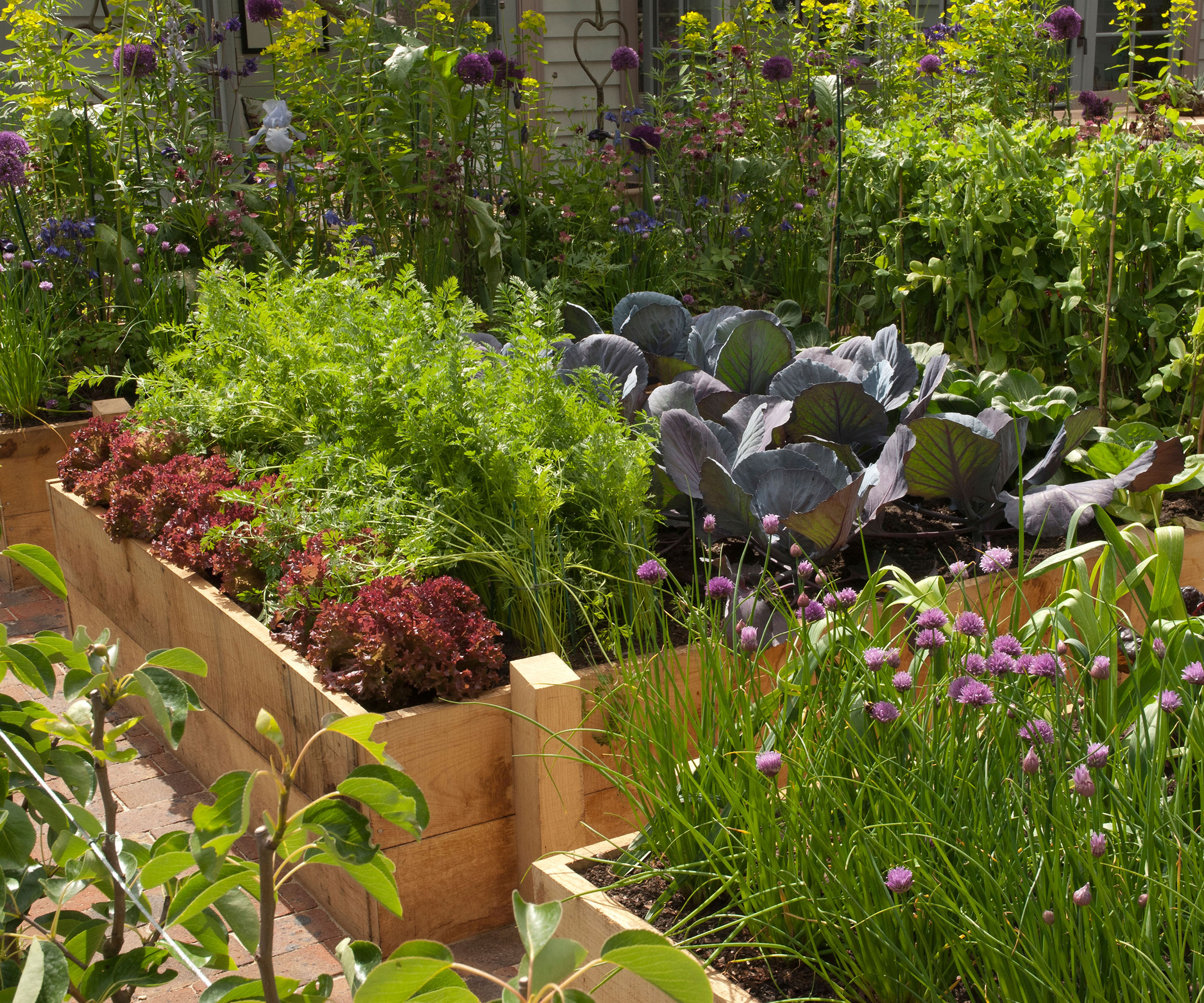
Any plants remaining in the raised bed into winter may benefit from some protection. There are cold hardy vegetables to overwinter that will withstand the cold weather, however, any herbs or perennial plants may benefit from some added protection.
As outlined above, mulching can provide a layer of protection for the roots against winter frosts. Furthermore, adding a layer of straw or shredded leaves can insulate plants and using frost cloth or cloches - such as this sturdy kitchen garden cloche available at Walmart - can protect plants from frost. Adding row covers can also extend the season for some vegetables and allow you to get harvests further into winter.
If you live in a cold US hardiness zone, raised garden beds can be wrapped in horticultural fleece, available at Amazon, or bubble wrap to stop extreme winter colds from getting in the sides of the raised bed and damaging plant roots.
4. Sow a cover crop
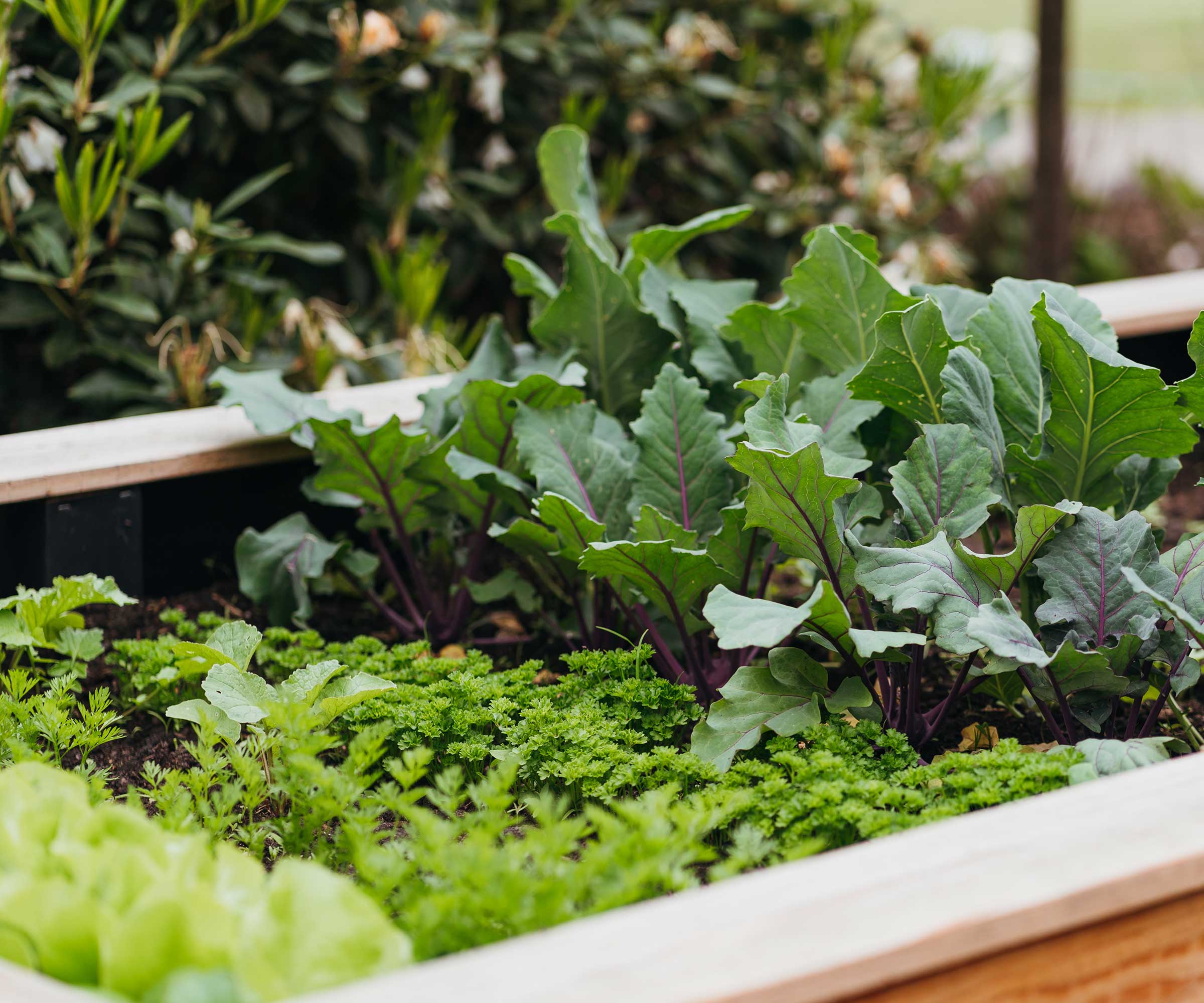
If you want to avoid soil sitting empty for long periods, sowing cover crops is a proven method of improving soil over winter. Cover crops, also commonly known as green manures, are grown to cover the soil surface, suppress weeds, and add beneficial nutrients to the soil.
Cover crops are traditionally sown from late summer into fall to germinate - the latest sowing dates will vary depending on the cover crop - and quickly grow in warm and moist soil. They are fast-growing plants that can grow through winter, to be cut down and turned into the soil in spring. Plants such as alfalfa, crimson clover, winter rye, vetch, or fava beans are all recommended cover crops.
I have used crimson clover as a cover crop many times in the past, as it is fast-growing and adds nitrogen to the soil.
Shop cover crop seeds
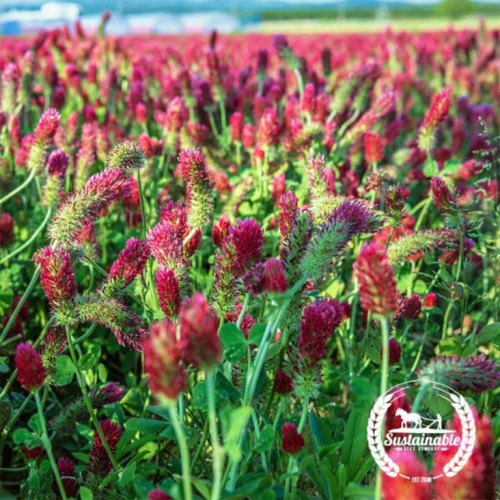
Crimson clover is an ideal cover crop to increase nitrogen in the soil and suppress weeds.
FAQs
Should you cover raised garden beds in winter?
Not covering them for winter would be a raised bed gardening mistake. Leaving the soil exposed to the elements can cause erosion, leach vital nutrients from the soil, and any plants can be damaged by cold and rain. Whether mulching, sowing cover crops, using row covers, or simply laying leaves or cardboard over bare soil, covering raised garden beds will protect the soil and smother weeds.
Knowing how to winterize raised garden beds can help keep any bed in great shape. If you notice drainage issues during the season, you can fill a raised garden bed with extra sand or grit in winter. Incorporating more sand or grit will improve the drainage and benefit plant health. It is important to have a good mix of soil in a raised bed. The recommended ratio is 30-50% compost, 20% sand or grit, and good quality topsoil.
Sign up to the Homes & Gardens newsletter
Design expertise in your inbox – from inspiring decorating ideas and beautiful celebrity homes to practical gardening advice and shopping round-ups.

Drew’s passion for gardening started with growing vegetables and salad in raised beds in a small urban terrace garden. He has worked as a professional gardener in historic gardens and specialises in growing vegetables, fruit, herbs, and cut flowers as a kitchen gardener. That passion for growing extends to being an allotmenteer, garden blogger, and producing how-to gardening guides for websites. Drew was shortlisted for the New Talent of the Year award at the 2023 Garden Media Guild Awards.
-
 Martha Stewart's intelligent cabinets 'take every inch into consideration' – their 'visually light' style will solve your small kitchen storage problems
Martha Stewart's intelligent cabinets 'take every inch into consideration' – their 'visually light' style will solve your small kitchen storage problems'Every kitchen can be beautiful and functional, no matter what the size': 9 years since sharing her clever storage, Martha's cabinets are just as beautiful
By Megan Slack Published
-
 This once-dated kitchen is now a timeless space with the coziest details – and its the classic color palette that's made it a chic, welcoming space
This once-dated kitchen is now a timeless space with the coziest details – and its the classic color palette that's made it a chic, welcoming spaceWarming colors and natural materials combine to create this enduringly classic kitchen scheme
By Molly Malsom Published
-
 7 native perennials to plant in April – for glorious flowering displays to attract bees, butterflies, and hummingbirds
7 native perennials to plant in April – for glorious flowering displays to attract bees, butterflies, and hummingbirdsDiscover some of the best perennials to plant in April to make your garden a hotspot for wildlife
By Drew Swainston Published
-
 7 shrubs to plant in April to transform beds and borders – including native plants and bushes suitable for dry or wet spots
7 shrubs to plant in April to transform beds and borders – including native plants and bushes suitable for dry or wet spotsThese shrubs can bring flowers, texture, and fragrance, as well as attracting beneficial insects and birds
By Drew Swainston Published
-
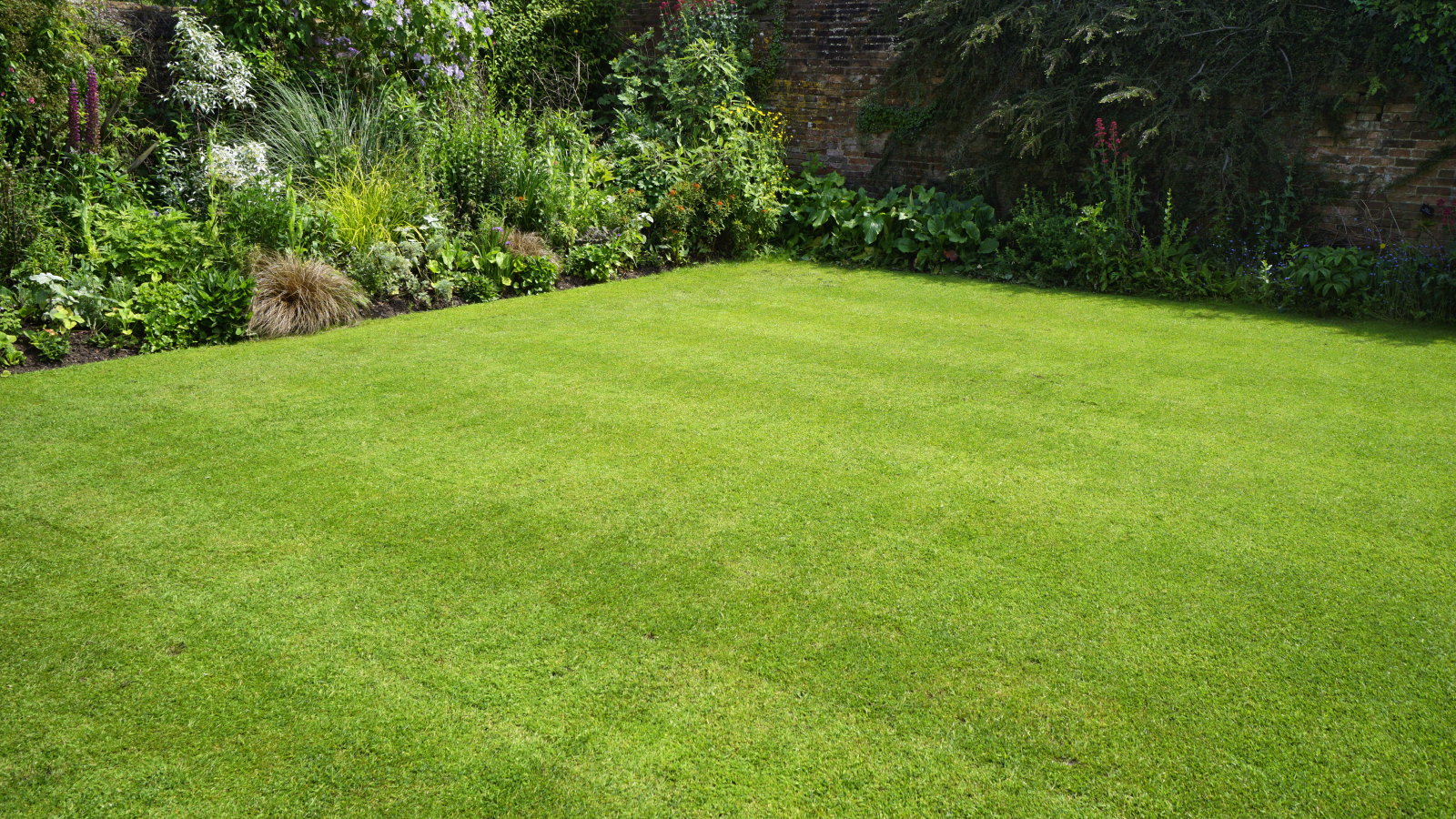 I'm a lawn care expert, and always do these 7 jobs in April to ensure thick, green grass all summer long
I'm a lawn care expert, and always do these 7 jobs in April to ensure thick, green grass all summer longTransform your lawn with these simple yet highly effective April lawn care tasks
By Drew Swainston Published
-
 Horticulturists urge you to prune these 7 plants in April – for healthy growth and better-than-ever flowering displays
Horticulturists urge you to prune these 7 plants in April – for healthy growth and better-than-ever flowering displaysDiscover a key selection of plants to cut back this month, with expert pruning advice
By Drew Swainston Published
-
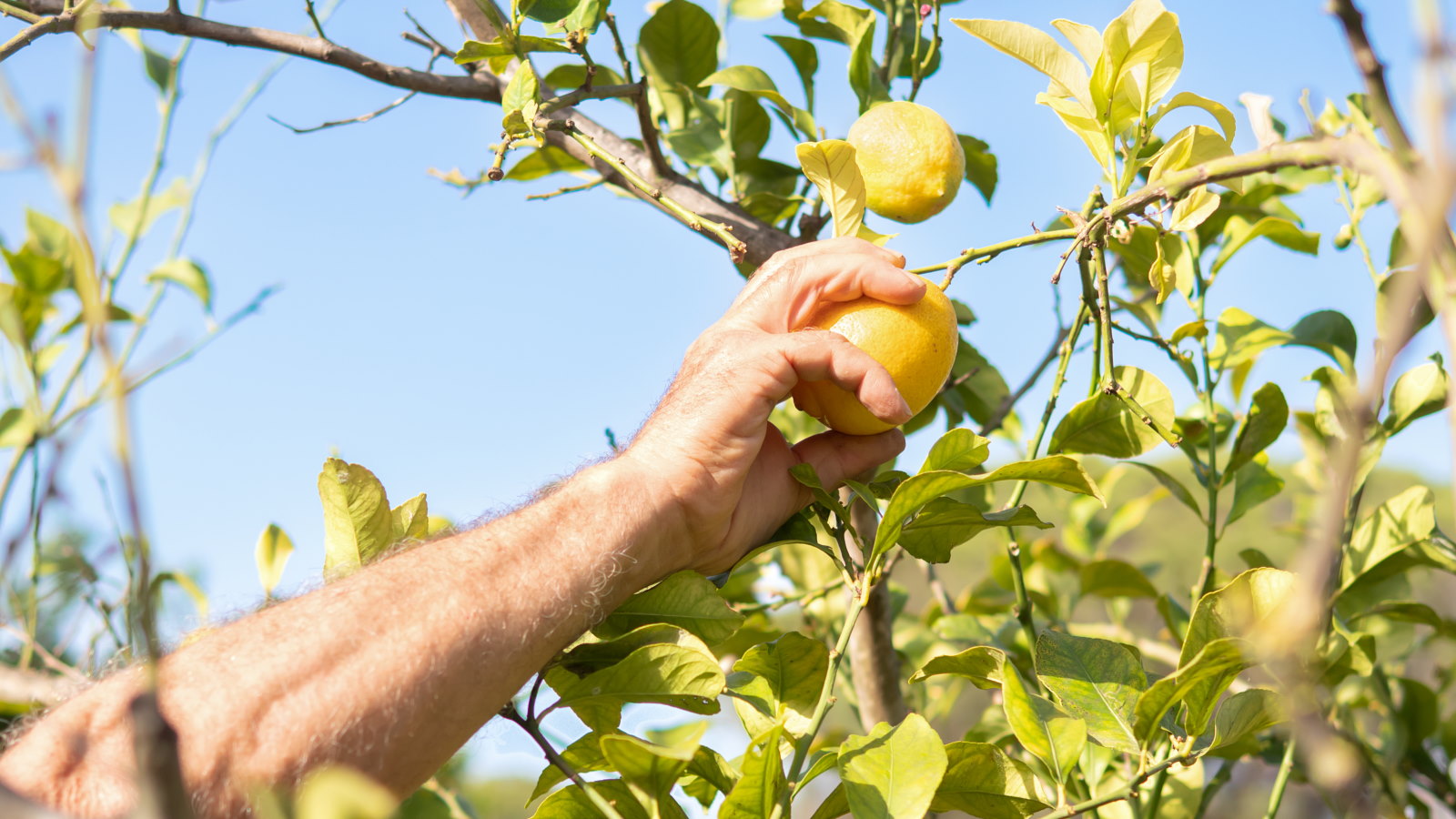 7 fruits to plant in April for years of tasty homegrown harvests, plus expert planting tips
7 fruits to plant in April for years of tasty homegrown harvests, plus expert planting tipsAn exceptional selection of fruit trees and soft fruit can be planted this month
By Drew Swainston Published
-
 7 dazzling cut flowers to plant in April for bountiful blooms to enjoy in bouquets, vases, and displays this summer
7 dazzling cut flowers to plant in April for bountiful blooms to enjoy in bouquets, vases, and displays this summerDiscover sowing tips from an expert horticulturist
By Drew Swainston Published
-
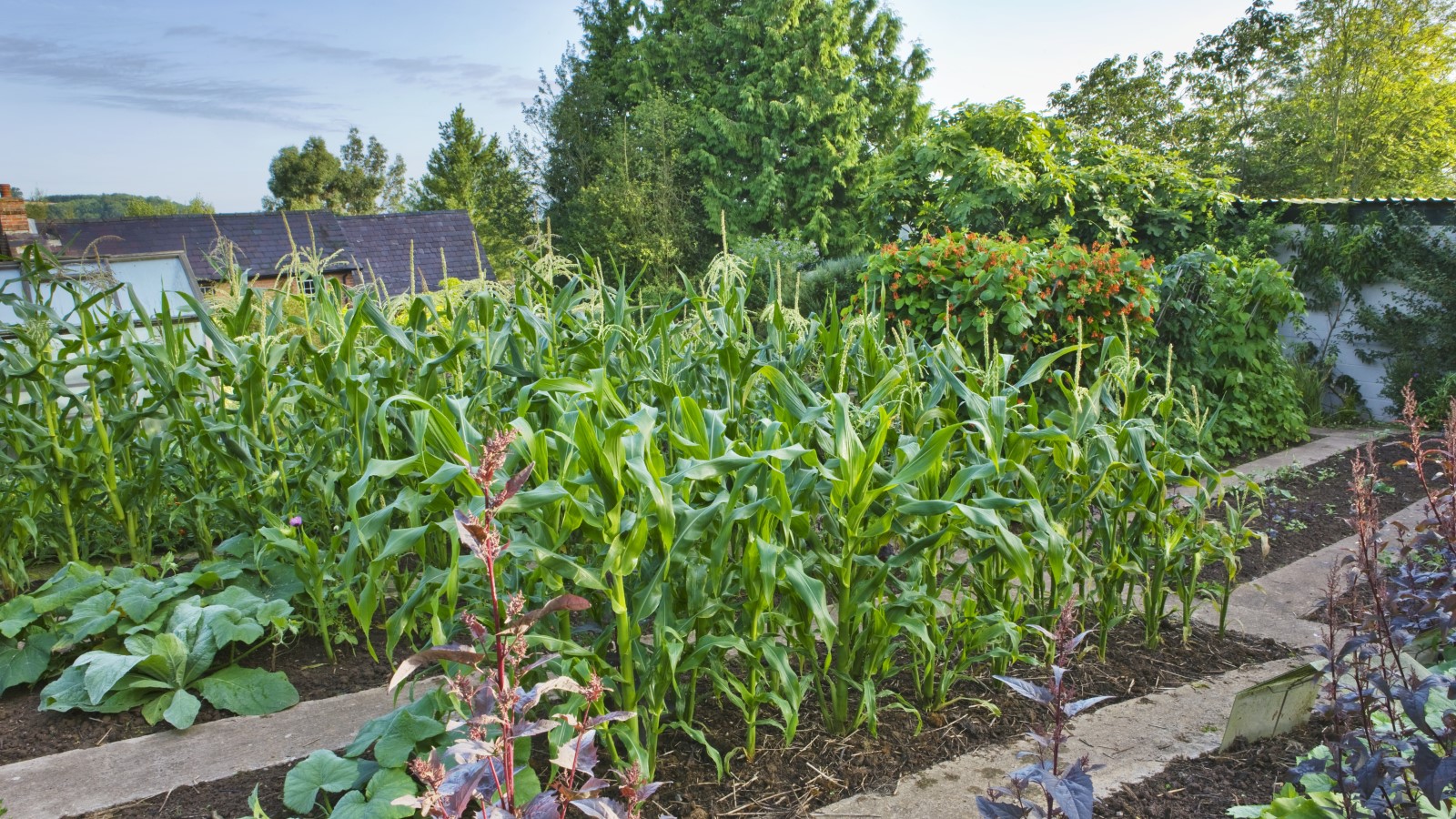 7 of the best vegetables to plant in April, with sowing tips from an experienced grower for bumper harvests
7 of the best vegetables to plant in April, with sowing tips from an experienced grower for bumper harvestsFrom broccoli to zucchini, April is a fantastic time to plant a wide range of vegetables
By Drew Swainston Published
-
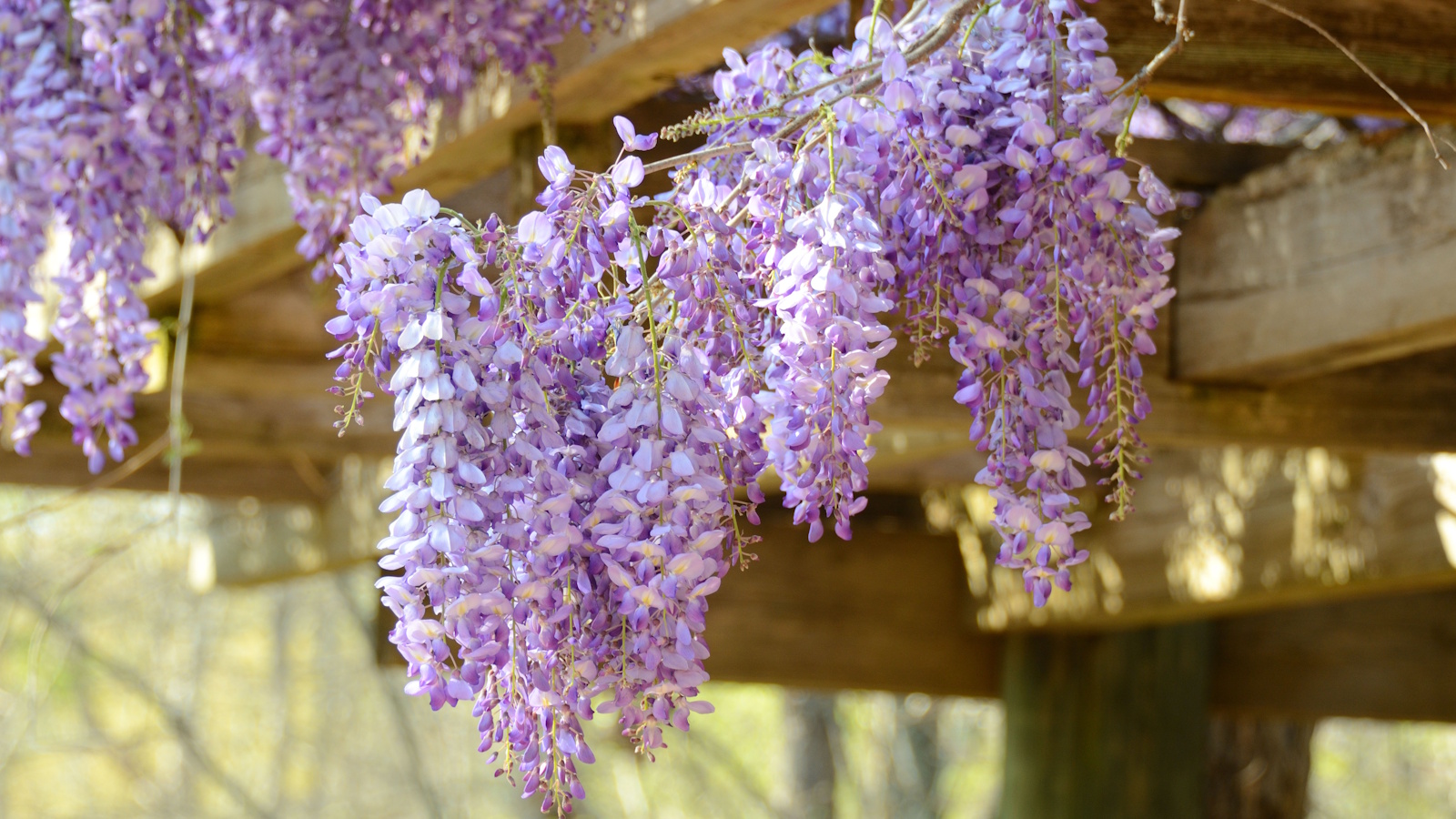 Best fragrant spring-flowering perennials – 5 charming choices to infuse delightful scent in your yard this season
Best fragrant spring-flowering perennials – 5 charming choices to infuse delightful scent in your yard this seasonSpring is full of so many beautiful aromas, uplifting our yards and making them an even more pleasant place to be
By Tenielle Jordison Published

